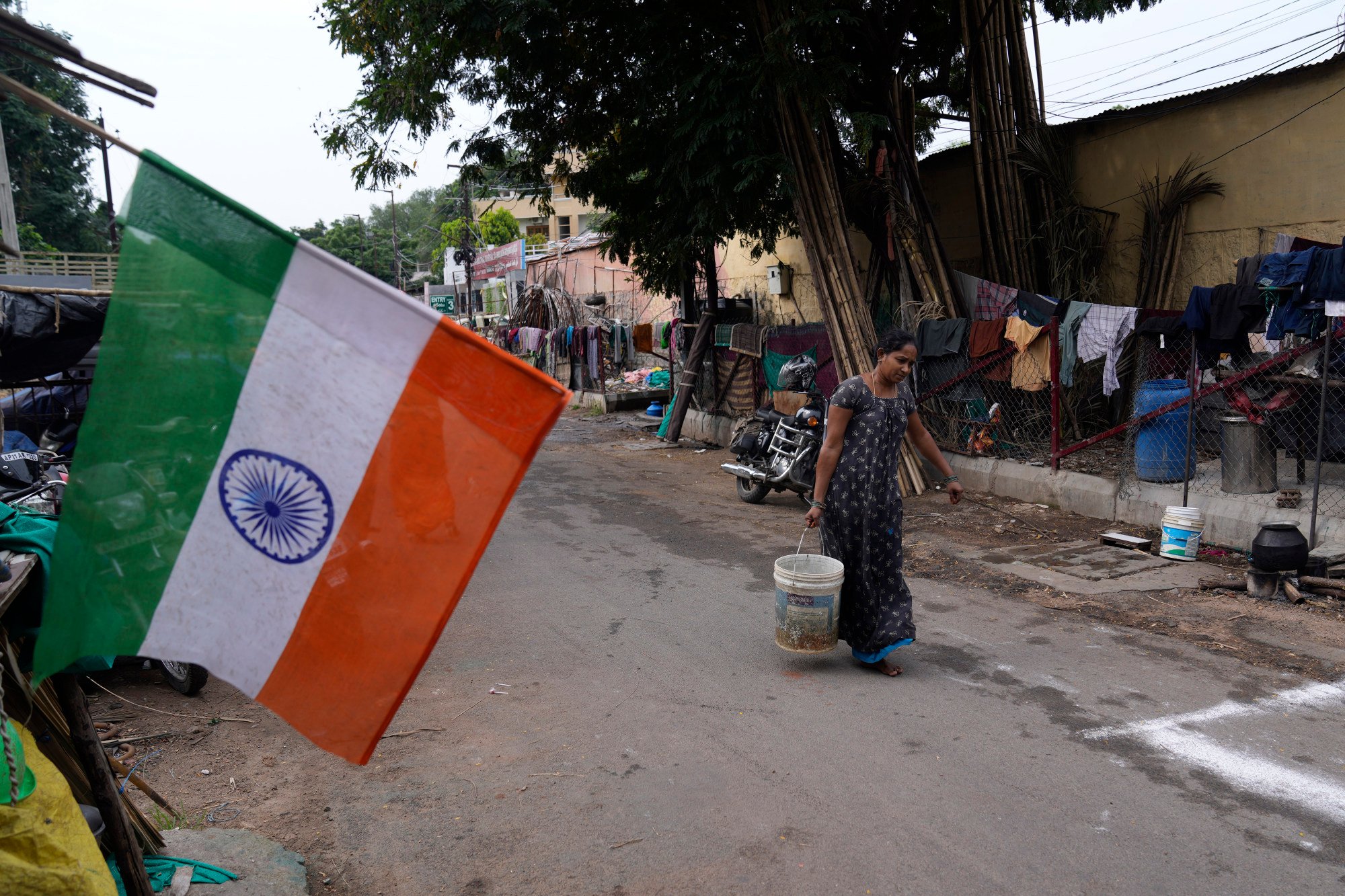
Forget world domination, India won’t catch up with China any time soon
- Even the most India-positive forecasts expect it to spend half a century to overtake the US economically, to take second place behind China
- India’s policymakers should focus instead on opening up their economy and recognising that it can still be a huge driver in the global economy
His “reform, perform, transform” mantra involves dreaming big. He was possibly dreaming of those halcyon days up to 1870 when India and China counted as the world’s two largest and most powerful economies.
But a dream does not make a plan. And in the nine years since Modi came to power, his plans to propel India to the top table of the world’s most powerful economies remain largely that – plans.
To be fair to Modi, his government’s economic performance is respectable after decades of stagnation and disappointment. India’s gross domestic product has grown by about 6 per cent every year on average since 2014, reaching an all-time high of 9.1 per cent last year – impressive in light of the upheavals of the Covid-19 pandemic and recession in many parts of the world.

Columbia University’s Arvind Panagariya has similar projections, calculating recently in Time magazine that if India’s real GDP grew at 8 per cent a year into the 2040s and 5 per cent after that, and if the US continues to grow on average by 2 per cent a year, India would overtake the US in 2073.
These are big “ifs”, even for those brave enough to make forecasts a half-century away. And huge bodies of data point India towards a more humdrum trajectory. According to Allison in Foreign Policy, back in 2000, China and India had economies worth less than US$2 trillion each. It took China five years to pass the mark and India 14 years. Last year, India’s economy was worth US$3.4 trillion – a fraction of China’s US$18.3 trillion.
Also, many other important economic indicators remain problematic. India accounted for about 1 per cent of global manufacturing in 2000, compared with 7 per cent for China. By last year, India’s share had grown to 3 per cent against China’s 31 per cent. In 2000, India accounted for just 1 per cent of the world’s exports, and China 2 per cent. By last year, China accounted for 15 per cent of global exports against India’s share of 2 per cent.
Allison reminds us that China produces twice as many STEM-qualified (in science, technology, engineering and mathematics) graduates as India, spends almost three times the percentage of its GDP on research and development, and produces 65 per cent of the world’s artificial intelligence patents (vs India’s 3 per cent).
As Bloomberg noted in April: “India is far behind China in key aspects important for manufacturing that include infrastructure, bureaucracy, attention to detail and even a sense of urgency.”
Talk of ‘Indian century’ is a dangerous myth masking real issues
They have ignored the withdrawals of companies like the Royal Bank of Scotland, Harley-Davidson and Citibank, and the many other companies with plans on hold. They have tended to celebrate the deliberate obstacles to prospective investment in China, even where China is a natural partner and the benefit of collaboration is huge.
Rather than harbouring dreams of dominating the world, India’s policymakers would benefit us all by opening up their economy and recognising that even if India does not surpass China, it can still be a huge driver in the global economy. China and India together account for one third of the world’s population, one third of the global consumer class, and a quarter of all consumer spending in purchasing power parity terms.
The 21st century may not be India’s century, but it is almost certainly Asia’s. Washington needs to come to terms with that, and perhaps New Delhi does too.
David Dodwell is CEO of the trade policy and international relations consultancy Strategic Access, focused on developments and challenges facing the Asia-Pacific over the past four decades


